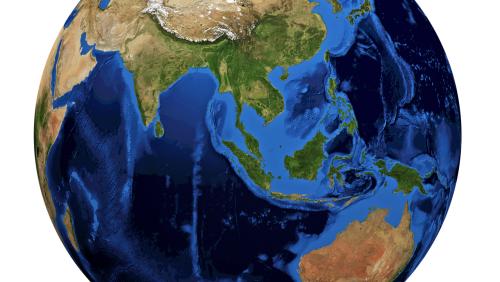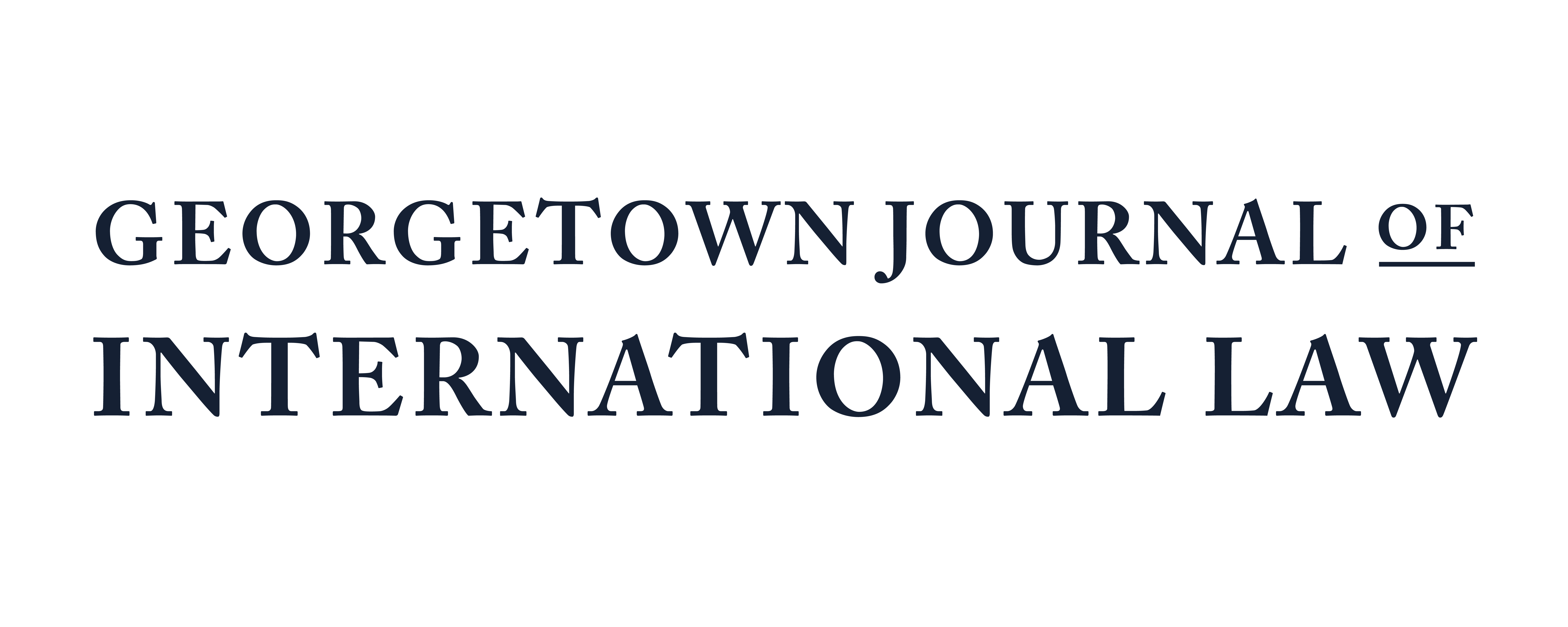COVID-19 and International Environmental Law: Can China be Held Liable?
May 1, 2020 by Digital Editor

By: Suvam Kumar* & Harsha Menon**
COVID-19 has far-reaching and manifold consequences. The primary concern is the health of citizens across the globe. It has resulted into death of more than 225,000 people around the world so far. It has also led to various countries introducing a nation-wide lock down with important effects in the economic, political and legal spheres and workings of these nations. Many countries are now entering economic recessions and have seen increase in unemployment. The effects of COVID-19 were taken into cognizance by the World Health Organization (”WHO”) and it declared this disease as a pandemic on 11th March, 2020. In the wake of this outbreak, many scholars have attributed the spread of this virus to China for its conduct with respect to COVID-19 which has violated the international environmental law. Through the course of this article, the authors explores certain principles of international environmental law and analyze whether China could be made liable for causing trans-boundary harm by the spread of COVID-19 outside its territory.
Duty to prevent trans-boundary damage under International Environmental Law:
The principle of good-neighborliness enunciated under Article 74 of United Nation Charter requires that the member of the United Nations must take into account “the interests and well-being of the rest of the world.” This principle underlines the importance of giving due respect to the rights of the global environment while conducting any activities within national territory. This principle has crystallized into the rule on trans-boundary harm which traces its origin to Trail Smelter Arbitration case. This rule applies to all activities within the jurisdiction which involves a risk of causing trans-boundary damage. The duty to prevent trans-boundary harm has become the corpus of Customary International Law (“CIL”) as it is evidenced by its presence under various International Conventions like Article 3 of Convention on Biological Diversity (“CBD”), Article194 of the United Nations Convention on the Law of Sea (“UNCLOS”), Principle 2 of the Rio Declaration on Environment and Development (“Rio Declaration”), Principle 21 of the Declaration of the United Nations Conference on the Human Environment (“Stockholm Declaration”) and also been endorsed by various ICJ decisions like the Nuclear Weapons case. Trans-boundary harm occurs when the activities carried out in one state inflict adverse effects on another state. The duty to prevent trans-boundary harm gives rise to two important rules.
- Duty to prevent, control or reduce trans-boundary harm arising from activities carried out in their territory.
- Duty of cooperation, consultation, and notification to mitigate trans-boundary harm.
These rules find significant support in state practice, ICJ decisions, international environmental agreements and works of international law commissions and hence can be regarded as a CIL.[1]
Has China violated its duty to prevent trans-boundary harm?
Trans-boundary harm has four elements which are required to be met for affixing liability on a state. These four elements are:-
1. Physical connection between the activity concerned and the damage caused:
This element encompasses some form of physical consequences of any activity or act in question. This entails that there must be some form of bodily, materially, and environmentally damage resulting from any act done in its territory. It is beyond any doubt that the spread of COVID-19 has caused tremendous physical consequences in the form of death of thousands of people, severe financial crisis around the world. Thus, there is a direct physical connection between the origin of COVID-19 in China and its adverse impact on other countries.
2. Human causation:
There must be a reasonable proximate causal relationship between the human cause and the harm caused. It excuses any act of god such as earthquakes, floods, volcanoes etc. Although, many Chinese officials claim that COVID-19 is an act of god, reports published by WHO have shown that the source of this virus is a wet market in Wuhan in China. Moreover, two Chinese scholars have suggested that the virus come from the bats kept in Wuhan research center. Hence, China cannot take the defense of act of god to excuse its liability.
3. Harm that meets a level of gravity:
Under the rule on trans-boundary harm, harm which reaches a certain degree of severity or gravity is actionable. To be legally relevant, such harm should be at least greater than a mere nuisance or a harm which is usually tolerated. Having being declared a pandemic by the WHO, COVID-19 is not a word that is to be used lightly or carelessly. From its far reaching consequences such as deaths and preventive measures such as travel bans and lockdowns, it can be concluded that there is great harm that is being caused across the globe due to COVID-19.
4. Trans-boundary movement of injurious effects:
This element signifies that more than one state is affected by the harm caused in the territory of other. According to the WHO, this virus has affected more than 200 countries and has killed thousands. Thus, the fourth element is also clearly satisfied.
Has China acted in the spirit of good neighborliness?
The duty to prevent trans-boundary harm is not that of conduct but of result which implies that a state is required to comply with the due diligence principle in the spirit of good neighborliness. This requires the duty to cooperate, consult and notify when there is a likelihood of any trans-boundary harm. This duty is also a part of international law as evidenced by its present its Article 14 of CBD, Principle 19 of the Rio Declaration. In the Pulp Mills case where there was a dispute between Argentina and Uruguay concerning the construction of pulp mills on the Uruguay River. Argentina bought a complaint against the Uruguay alleging that it has violated its obligations to co-operate and consult with Argentina and constructed Pulp Mills without the informing Argentina. ICJ held that Uruguay violated its obligation to cooperate and consult with Argentina and considered it a requirement under general international law. Additionally, especially in the context of public health, there is an obligation under Article 6, 7 and 8 of the International Health Regulations(“IHR”), a legally binding instrument to which China is a party, to notify and share information with WHO of any event which may constitute a public health emergency of international concern so that the apprehending risks could be minimized.
However, despite constant requests from WHO to share information, China did not expeditiously do so until it was too late. Not only did they delay the sharing of information but also censored the press and suppressed the health experts who tried to disclose the information to the world. A study conducted in University of Southampton, suggest that if the information was shared three weeks before, the outbreak could have been reduced by 95%. Thus, China’s failure to notify and consult with other organization is not just legal fallout but also a moral blot.
Fixing China’s Legal Responsibility:
As China’s conduct is an internationally wrongful act, fixing international responsibility on China becomes the next big task. Under the Draft Articles on Responsibility of States for Internationally Wrongful Acts, 2001 (“ARSIWA”), China is internationally responsible for its conduct under Article 1 of ARSIWA since it caused trans-boundary harm and failed in its obligation to expeditiously share information with the WHO which constitutes a breach of international obligation under the international environmental law and the IHL. The legal consequences of an international wrongful conduct could be reparation in the form of restitution under Article 35, compensation under Article 36 and satisfaction under Article 37, either singly or in combination. In this pandemic situation, the most appropriate form of reparation is compensation since restitution or re-establishing the situation which existed before the wrongful act was committed are not practically feasible.
Conclusion:
The outbreak of COVID-19 is one of the worst pandemics the world has ever experienced in recent decades. It has brought serious and grave consequences. Making China responsible for these effects due to the violation of its obligations under international environmental law, however, is not going to be easy. The complexity of the alleged facts has to be established in this allegation for affixing China’s liability for the damage caused due to COVID-19. However, there is mounting evidence from various medical experts and officials that, after the outbreak began in China, the Chinese government deliberately suppressed information and the world did not learn enough until it was too late. Had there been the systematic and open flow of information, the impact of COVID-19 could have been softened and controlled to a large extent. Thus, after analyzing the various principles of international environmental law and its glaring violations by China, there are indeed compelling and legitimate reasons to hold China responsible for its internationally wrongful act of causing trans-boundary damage and for not complying with the due diligence principle.
[1]Patricia Birnie et al., International Law & The Environment 176 (3rd ed. 2009).
*Suvam Kumar is a third year student pursuing a B.A/LL.B at the National Law University, Jodhpur. He has keen interest in International Law and is a Senior Editor for the Trade, Law and Development Journal (India).
**Harsha Menon is a second year student pursing a B.B.A, LL.B at the National Law University, Jodhpur. She has keen interest in International Law and Commercial Law and is a member of The Criminal Law Blog (India).

